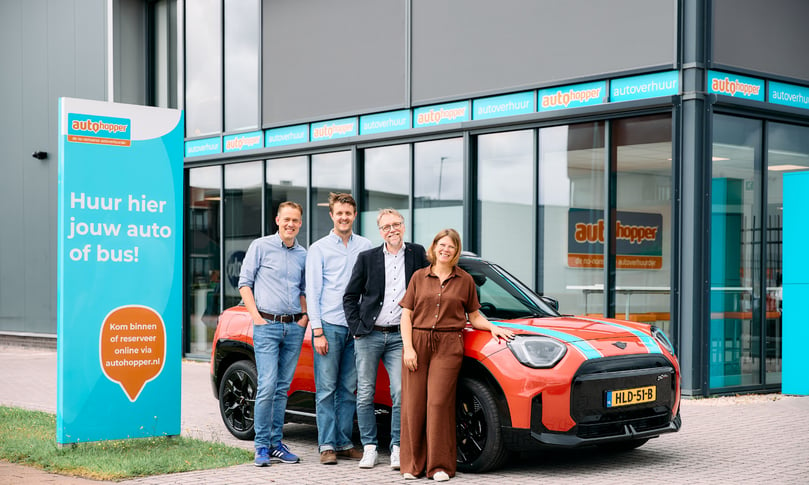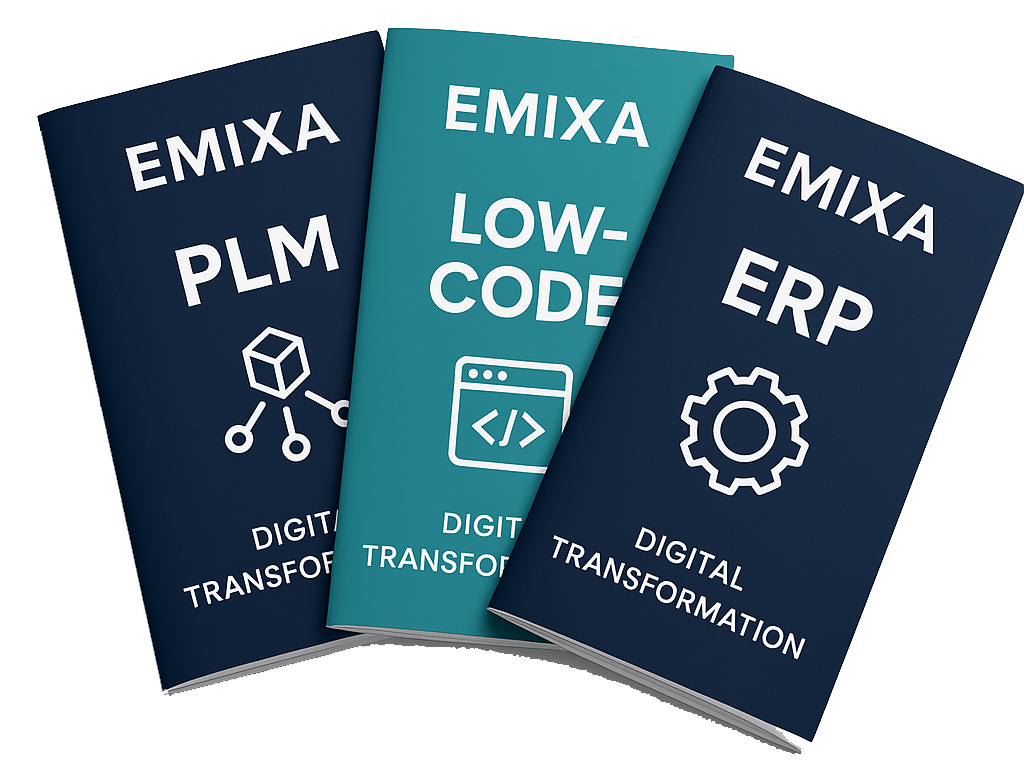
- Data Analytics
- FAST
Autohopper: How this no-nonsense car rental company got operational reporting on track

The fast-growing car rental company Autohopper has 130 branches, which together have enabled Autohopper to quickly grow into the number two car rental company in the Netherlands. That makes it essential to have real-time insights into things like occupancy rates and revenue figures. Not only for branch managers, but also for the Autohopper organisation and parent company Louwman Group. We spoke with Carolien Leutscher and Roel Steunenburg (Autohopper) and Jeroen van de Water (Louwman Group). How did they set up operational reporting with meaningful information for all stakeholders?
A no-nonsense attitude
Autohopper calls itself a no-nonsense car rental company – and it certainly lives up to that. When it couldn’t find suitable software in 2017, it (together with Emixa) built its own rental platform using Mendix low-code software. Even after being acquired by the Louwman Group in 2021, Autohopper has stayed true to this approach. IT is still handled in-house, led by IT Manager Carolien Leutscher:
“We can do a lot ourselves, especially because we work with low-code software. But when Roel asked my team for operational dashboards, I knew this would be quite a project.”
Because creating a dashboard may sound simple, but it raises a lot of questions. What is the purpose of the reports? Who needs which information? Based on which data? And how do we unlock and store that data?
Strong central data expertise
These are exactly the kinds of questions that Jeroen van de Water, Manager of the Customer Experience Centre at Louwman Group, deals with daily:
“When you manage data centrally, you get the most out of it. Over the years, we have built a strong data expertise centre, which is part of the central Customer Experience Centre. While it was initially focused mainly on CRM, it now works more broadly from a central platform.”
The data expertise team has developed significantly over the past two years:
“We have a young and professional team that works according to a clear data strategy and governance. We tackle a wide range of issues. Because Louwman Group has acquired many companies in recent years, we are also increasingly dealing with business-related data challenges.”
Seizing opportunities with reporting
Operational reporting is a good example of this. Autohopper’s director Roel Steunenburg explains:
“Of course, there were already financial reports, but those mainly looked backwards. Revenue figures, for example, were based on invoices – but those only follow after the rental period. Operational reporting should help branch managers improve their performance. It’s much more useful if you can see the expected revenue from your reservations. That way, you still have time to take action.”
Roel sees even more opportunities:
“Through our rental platform, we have an enormous amount of relevant data at our disposal. There are still plenty of opportunities here. For me, these operational reports are only the beginning.”
 Roel Steunenburg, left, and Jesper Kerstens, right
Roel Steunenburg, left, and Jesper Kerstens, right
A tricky puzzle
Still, it was quite a puzzle – for both Autohopper and the data expertise centre.
How do we give branch managers meaningful insights within their familiar Mendix environment? How do we ensure data is safe and centralised on the platform? And how do we set this up to meet future reporting needs?
That was the reason to bring in Emixa. The team knows Autohopper’s business processes and Mendix environment well. On top of that, it has a strong Data & Analytics team with experience in multiple tools such as Microsoft and Databricks.
Jeroen:
“It was the ideal solution: a team that knows the business well and was also willing to work according to the standards of our expertise centre – so we could take responsibility for managing the data and reports. Emixa’s Jesper Kerstens and Senne van Vliet really worked with us on this.”
Starting from the needs
The starting point of every reporting project is mapping the needs of the various target groups. What do they want to see – and how will they actually use it in their role? Roel:
“I wanted to give everyone a digital check-in, so that every morning you know exactly how you’re doing with the performance indicators relevant to you.”
Emixa organised a workshop with Autohopper employees to gather this input.
A solid data model
The next step was unlocking data from Autohopper’s Mendix environment to the central data platform. That’s easier said than done – because what exactly counts as ‘revenue’, ‘rental’, or ‘occupancy rate’? Emixa organised several sessions with the data expertise centre to design the data model.
Jeroen:
“We worked like a train in sequence. Emixa collected the user requirements and data inventory from Autohopper, and we ensured this data was made available in the central Louwman environment. Emixa processed the data, and we validated it against our development standards. Emixa then built the reports, which we validated again. That way, everything fit within our standards and governance.”
 From left to right: Jeroen van de Water, Carolien Leutscher, Jesper Kerstens
From left to right: Jeroen van de Water, Carolien Leutscher, Jesper Kerstens
Exchanging data
Once it was clear what had to be done – and how – the time came to actually share the data between the two organisations. Always an exciting step.
“Once data exchange between Mendix and the central platform was in place, the Emixa team could start building dashboards in Power BI. These dashboards also had to be available in Mendix, so Autohopper’s branch managers could keep working in their familiar environment. That way, we were able to get the financial reports up and running quickly.”
Learning together
Once that was in place, the team could move quickly to deliver the operational reports. After all, all the groundwork had already been done. The first two dashboards are now live. Roel:
“Branches can look back up to 2 years in the transaction data. They can also see how they are performing compared to the top three branches. This way, we keep learning from each other. Plus, we now have a solid foundation to work even more data-driven.”
What are the plans for the future? Roel:
“The next step is predictive analytics – for example, determining the optimal stock for the holiday season. Or predicting which cars are most likely to suffer damage.”
Added value
The danger of any reporting project is that dashboards end up not being used in practice. How about now, six months after the first dashboards went live? Carolien:
“Recently, an overnight data import failed. Right away, we got a call from a branch manager: ‘Where’s my data?’ That’s a good sign they’re being used.”
“This was an incredibly fun project to work on, and great to hear how Jeroen, Roel, and Carolien experienced it. It just goes to show that every data project is different. The Louwman Group team is already quite advanced in its data maturity, but even for them it remains a challenge to seize opportunities with data together with the business. In the end, it’s always about people and tailored solutions!”
Author: Jesper Kerstens
Published date: September 16, 2025

Explore our Technology. Access our downloads center.
Access NowStart your Digital Transformation with Emixa

We help businesses transform their digital future with cutting-edge technology and strategic products & services


